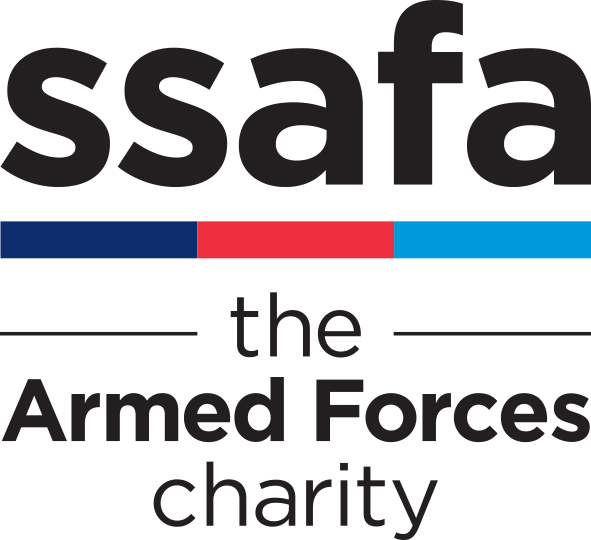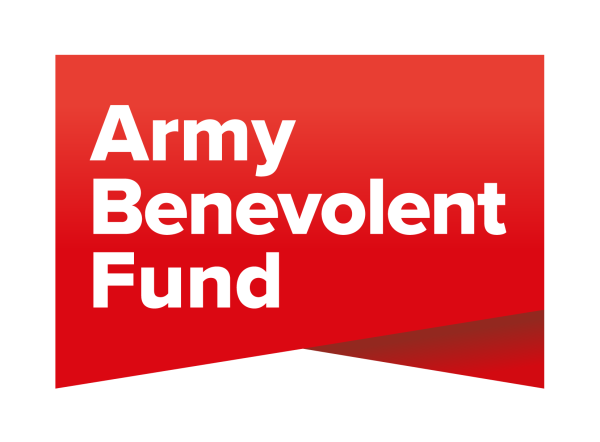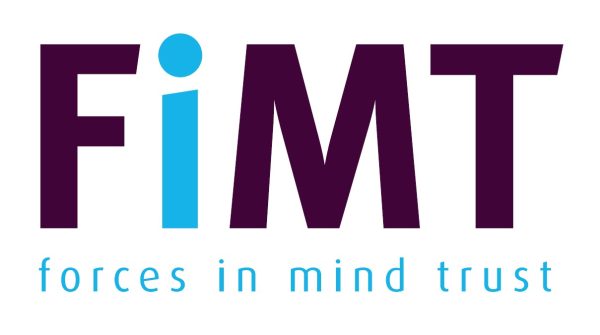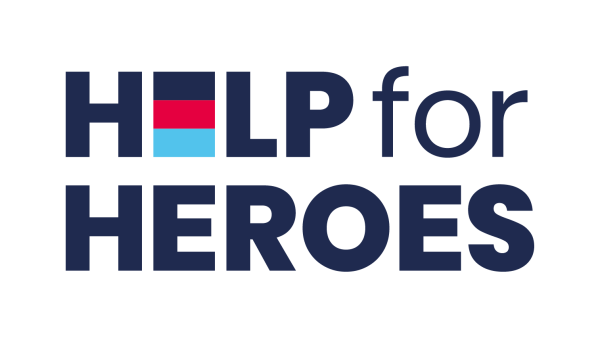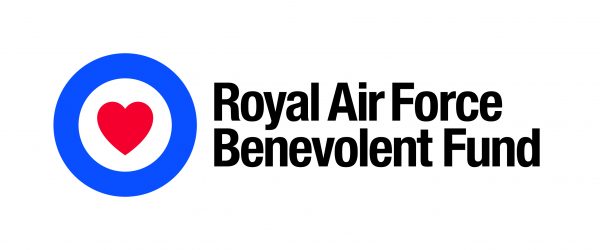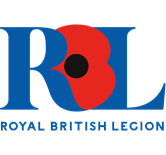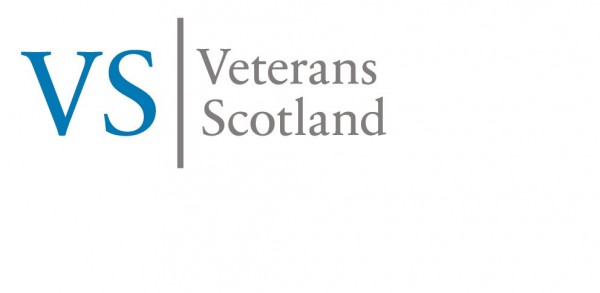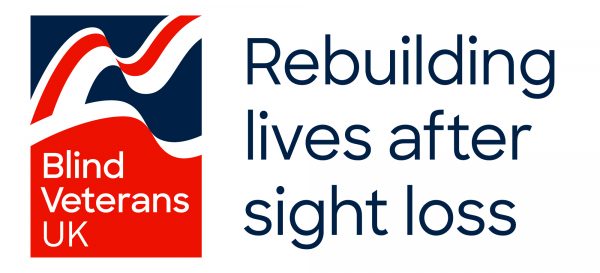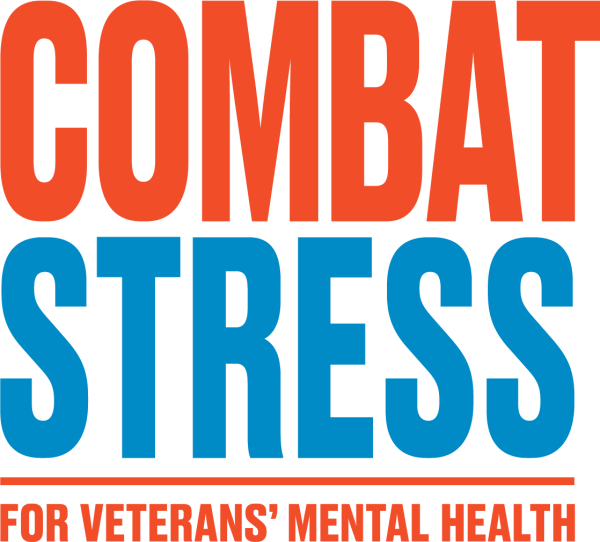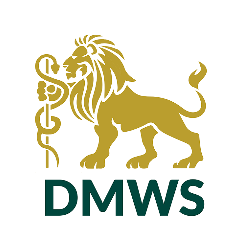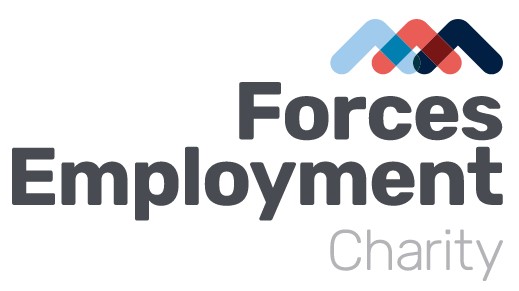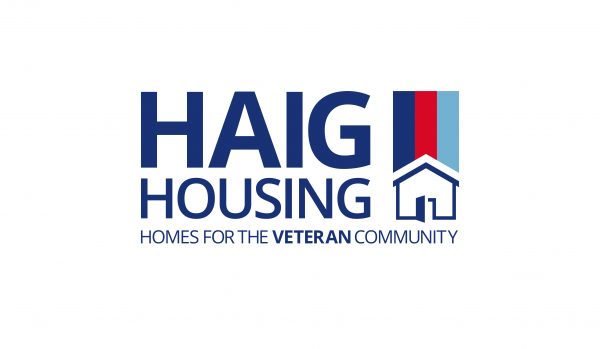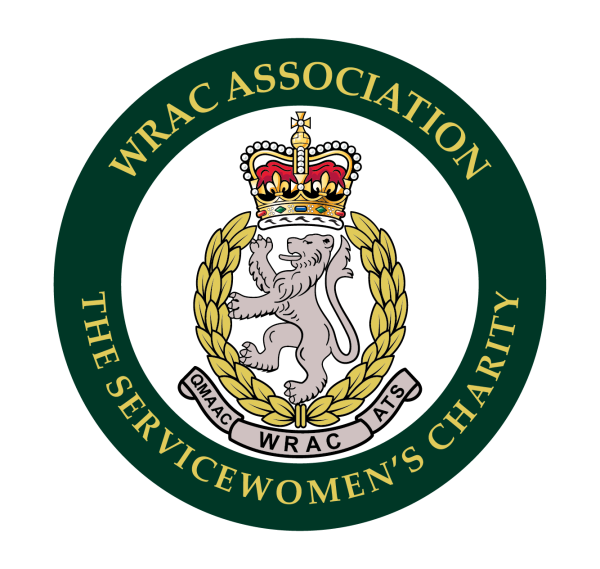Second World War Veteran Tom Davidson survived many daring bombing raids over Germany, whilst helping to defend our country and free Europe from the Nazis. The former Flight Engineer volunteered for his country at a time when the RAF was suffering heavy losses, including Tom’s only brother Frankie.
But a modest man, Tom tells his story to thank SSAFA, the charity he feels was responsible for helping save the life of his baby son while he was away on duty exactly 75 years ago.
“A new Aircrew trade was created, that of the Flight Engineer”
“War broke out three days after my 16th birthday, but because I was employed as an apprentice engineer with a large engineering firm on Tyneside, I was immediately classed as being in a Reserved Occupation. This meant I could not be called up to join any of the Armed Forces nor could I volunteer for them.
“In 1940, at the time of Dunkirk, I did get the chance to join what was known as The Local Defence Volunteers, later the Home Guard. The Prime Minister Winston Churchill appealed for all able-bodied males aged between 16 and 65 to join up.
“I was always ready to defend the home front. Then in 1942, because of the losses suffered by Bomber Command, the Government decreed that men and boys (aged 17 to 21 years) in Reserved Occupations, could volunteer to join PNB category (Pilot Navigator Bomb Aimer): I immediately volunteered.
“I was interviewed locally, and then I was sent to an RAF Centre in what was known as Burtons Buildings, Doncaster, for five days. We did various tests including mathematics, IQ, medical and fitness and those who passed were interviewed. I was accepted and given my service number and put on deferred service until there was a training place for me.
“By 1943 the four-engine bomber was now in service and required two pilots, but due to the heavy losses suffered by Bomber Command, it was not possible to fill the roles. A new Aircrew trade was created, that of the Flight Engineer, who would be the Pilot’s right-hand man. His role would be to sit alongside the Pilot for take-off and landing operating the controls and be responsible for all the systems and electrics on board and to calculate the fuel consumption every 20 minutes.
“I received a letter from the Air Ministry inviting me to transfer to the new category, which I did.
“Sometime later I joined the RAF at Lord’s Cricket Ground. After being kitted out, inoculated and square bashing I was posted to RAF St Athan in Wales to complete my training as a Flight Engineer.
“I was given seven days leave prior to my posting to St Athan and arrived home at 8pm. Sadly my mother had received a telegram at 6pm informing her that my brother and his crew were reported missing. He was a Flight Engineer serving on Halifaxes. It was a difficult time.”
“We were all prepared to lay down our lives to save our country and our loved ones.”
“After completing my training, I was awarded my brevet and sergeant’s stripes and was posted to 1658 Heavy Conversion Unit RAF Riccall to be trained by experienced crews till I was considered capable of operating with a crew.
“Along with about 50 other Flight Engineers I was posted to another RAF Station near York. We were to join a crew who would have been training together on two-engine bombers. Us 50 Flight Engineers were spread out in a large room, where we would meet 50 pilots, and find one and join their crew.
“The double doors opened, and the pilots entered.
“My eyes seemed to set on this 20-year-old pilot, who came straight up to me and in an Australian accent said, ‘I’m Pat Gillis, have you got a Pilot?’ and when I replied, ‘No’, he asked ‘Would you like to be my Flight Engineer?’. It was like a Mills and Boon story! I accepted and I became a member of a fantastic crew of now six Aussies, one Geordie.
“After training together on 1658 HCU, we were posted to 466 Squadron Royal Australian Air Force in Driffield. I survived 36 operations and had some very scary moments, but I was one of the lucky 50% who lived to tell the tale.
“We were all prepared to lay down our lives to save our country and our loved ones.”
“My crew were fantastic, our average age was 20 and we hit it off from day one. I’m the last man standing and am still in touch with a number of their families.
“Our lives depended on each other’s competence and trust. It was horrific the scenes we experienced night after night, but we knew it was a job we had to.
“Without meaning to sound heroic, we were all prepared to lay down our lives to save our country and our loved ones. The consequences were too horrific to consider.
“As every member of Aircrew was a volunteer, we could have asked to be taken off flying duties at any time. During my time on the Squadron, out of about 400 Aircrew, only 2 made that request.”
“I must have been in a state of shock, or fear, or both”
“We experienced some very frightening moments, near misses and daring escapes.
“Our worst experience was actually on our very first “Op’’. It was on an Industrial target in Sterkrade, Germany.
“It was a daylight raid and a crew sharing our billet would be flying in C-Charlie. After briefing they said to us
‘Stick alongside us, you’ll be alright’. We collected our parachutes and escape kits, boarded our aircraft and took off.
“It was a sunny day, and we flew alongside C-Charlie who was slightly ahead of us on our starboard wing. We were about 40 miles from our target when I observed a large black ‘box’ in the sky. It was known as a box barrage.
“Every now and again the Germans would throw up everything up to a certain height and area. I thought that was stupid, we’ll just fly around it. But we didn’t, we had to stick to our course and bombing run. I began to see planes get hit, burst into flames and some blown up.
“We were nearing the target when I saw C-Charlie get hit, with smoke coming from it. The plane burst into flames and two of the crew jumped out and their parachutes opened.
“The third crew member to come out must have been hit by a burst of flak as all I saw was a torso going past me.
“The whole plane then blew up with 2 members of crew still on board.
“What happened in the next five minutes, I do not know. I must have been in a state of shock or fear or both because I saw the Wireless Operator crawling towards me. I switched on my intercom and said to the Skipper “Pat, what’s the matter”? and he said “Are you alright Tom, I’ve been trying to contact you for 5 minutes?”
“He asked if the port inner engine was alright, then I noticed the warning light was on. We’d been hit and I told him to ‘feather’ (stop) the engine to prevent fire. I also realised I had been physically sick.
“We went on to bomb our target and then limped home on 3 engines. As we approached the North Sea, we were met by six Hurricanes which circled around us and saw us back to base.
“When we arrived back to our Squadron and off the plane, we saw that there was a hole in our port wing, the size of a house door! Later that day our ground crew informed us that there were 33 flak holes in the plane. How none of systems or crew members had been hit was a miracle.
“I had a nightmare that night. That was the first mission and the worst mission. It wasn’t a very nice initiation into aircrew.
“After the war I went and met the only survivor from C-Charlie, the Flight Engineer, Peter Jack From Dumfries. I’m not sure what happened to the other men who parachuted out when they got to the ground, but sadly they were killed.”
“Another seven or eight seconds… and our plane would have exploded.”
“I had to do 30 “Ops” to complete a tour and when I jumped out of the plane after our first “Op” I said to myself I’ll never be able to do another 29 but somehow I got the courage from somewhere.
“We had a number of very scary moments in almost every “Op”, combats with fighters, being caught in searchlights, collisions with our own planes, icing and malfunction of equipment.
“German fighters had much superior armoury to us and our gunners only had a range of 400 yards theirs was 1200 yards.
“We had completed a few Ops when one day our ground crew informed us that the starboard inner engine was causing them concern and they would have to work on it.
“They informed Pat and me that it was ready for a test flight, so we went airborne with it and agreed it was fit to fly.
“The next day we were briefed to visit Duisburg and received the all clear to take off, set off along the runway when I noticed a malfunction on the starboard inner dial and shouted to Pat to abort takeoff. He responded immediately and then the port inner engine cut out and we veered off the runway. Fortunately, no bombs dropped off. Another seven or eight seconds, we’d have been airborne, and our plane would have exploded.
“Another frightening encounter was being caught by a blue ‘monster’ searchlight. It was very scary If it locked on you, within seconds 20 to 40 searchlights would light the whole plane up, ready to be attacked by German fighters and guns on the ground. You only had seconds to escape from it. I reckon 8 out of 10 that I witnessed caught were destroyed. We were caught a few times, but Pat’s strength and skill saved us.
“Years later, our Squadron historian told me that Pat was classed as one of the top five pilots in the Squadron’s history. But for us he was number one.
“After I completed my tour of 36 Ops, I was then posted to RAF Lossiemouth, a Free French Training Unit as an Instructor.”
“I received some very distressing airmails saying that our seven-month-old baby boy, Peter, was in a terrible condition.”
“I first met Mary at a church dance in Gateshead at Christmas 1939. Mary was 15 and I was 16 years old. We courted for four years and were married in June 1944.
“In December 1945 I was posted out to Egypt on non-flying duties, just a couple of months after we welcomed our first child Peter.
“Mary used to correspond with me via airmail, which always reached me after a few days.
“At the end of May 1946, I received some very distressing airmails saying that our seven-month-old baby boy, Peter, was in a terrible condition. He had bronchial pneumonia which was deadly illness at the time.
“The last one I received, on Thursday 30th May, the doctor had advised Mary to contact me and asked me to apply for compassionate leave because of Peter’s condition. On Friday 31st May, I contacted our Adjutant, who was a Flight Lieutenant welfare officer, and told him the story and showed him the letters.
“He said, ‘Right, I’ll contact SSAFA, go back to your section.’ So I went back and didn’t hear anything over the weekend. Then on the Monday, 3rd June, which was mine and Mary’s second anniversary, I received a phone call, telling me to report to SSAFA immediately. They had been in touch with the UK, and their officers over there had been to visit Mary and the doctor. They confirmed Peter was dangerously ill and had been admitted to the children’s hospital in Gateshead.
“The SSAFA official was a retired General. I remember him being extremely friendly. They were the same with Mary back home. She was in a bad way, she was only 21 at the time, living with her mum and dad, having sleepless nights worrying about Peter.
“Rather than organising for me to have compassionate leave, I was granted a new compassionate posting. That meant I’d be posted permanently back in the UK because of Peter’s illness.
“I was told to stay on camp until I heard from them again and on the Tuesday, I received a phone call to get back to my billet, pack my equipment and a van would take me to Almaza Air Base in Cairo. On the morning of Wednesday 5th June, I was told to report for a flight on a York aircraft. I left Almaza and arrived at RAF Lyneham late Wednesday evening. Early Thursday morning I was set up with a pass to set off home. I went and saw Peter by 6pm that night.
“I thought it was absolutely fantastic that SSAFA had been able to arrange to get me back home to my wife and son within six days of receiving the letter from Mary. The speed of the service from SSAFA was absolutely fantastic, especially in 1946, recovering from wartime and when we couldn’t access all the technology we have today.”
“Whenever I get the chance, I tell the story about what SSAFA did for my family.”
“For the next two weeks, because Peter was so unwell, Mary and I used to phone the hospital at 8 o’clock in the morning. Visit him at 10am. Phone at 12pm, visit at 2pm, phone at 4pm, visit 6pm. There were special visiting hours for us. I remember a nursing sister waiting for us one day. I can’t remember her exact words, but it was something like, ‘Mr and Mrs Davidson, don’t hold out much hope for your little boy. He’s in a very, very poorly condition.’
“We were in touch with SSAFA the whole time, and fortunately Peter pulled through. We were told that penicillin had saved his life. It had just become available to the public on the NHS, but was not readily in use, reserved mainly for the forces. I believe SSAFA were instrumental in making sure Peter had access to the right medication at the time. There are no words to describe how it made us feel to know he would be okay.
“I remained living at home for the last few months of my service, and I was demobbed in March 1947. I went back to civvy street and finished my engineering apprenticeship that I had started all those years before. At the time the North East was very badly off for employment, so having an apprenticeship was like gold dust at the time. I had a great career in industry and finished up as a college lecturer. It has been a wonderful and fulfilling life.
“Fortunately, I never needed SSAFA again after I left the service, but if I did, I wouldn’t hesitate to ask.
“Whenever I get the chance, I tell the story about what SSAFA did for my family. I have a grandson who was in the Marines and he served in Iraq and Afghanistan, and he speaks highly of SSAFA today too.
“I look at my family, my son and his children and their children and I often think that things would have been so different if we hadn’t had so much help and Peter hadn’t got better. I have the most incredible family and had the most wonderful life with Mary before she died seven years ago. Family makes life all that more worth living. I’m often told I am such a happy looking man, and that’s why. I call myself a millionaire.”
